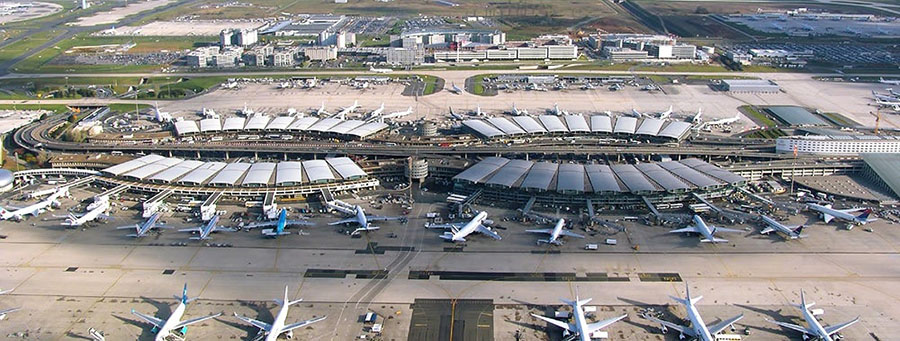As the second-busiest airport in Europe and the hub of international airline giant Air France, Paris’ Charles de Gaulle Airport (CDG) has long been a critical junction for travelers. However, with its sprawling infrastructure and high volume of traffic, CDG’s transfer times have become a hot topic for discussion. With varying opinions on its efficiency and punctuality, this article aims to dissect CDG’s transfer times and provide an objective evaluation of its performance.

It’s a fact universally acknowledged that navigating through an airport as immense as CDG can be a challenge, especially for those on a tight connecting flight schedule. Covering a vast area and consisting of three terminals, each subdivided into several halls, the sheer size of CDG often contributes to longer than average transfer times.
The official guidance from CDG suggests a minimum connection time of 60 to 90 minutes for domestic and intra-Schengen flights, and 90 minutes to two hours for international flights. However, these times can significantly vary depending on the terminals involved in the transfer, the time of day, and the individual traveler’s speed.
When it comes to efficiency, CDG offers a well-coordinated free shuttle service linking all three terminals. However, despite this provision, many passengers have reported difficulties in navigating the airport due to inadequate signage, language barriers, and the vast distance between some terminals. This has often led to stressful scenarios and a race against time to catch connecting flights.
Nevertheless, it’s noteworthy that CDG has made considerable efforts to streamline its transfer processes. The implementation of the “Quick Transfer Service,” designed to facilitate passengers with tight connections, is a case in point. This service, along with the dedicated Air France transfer counters and the automated Passport Fast Track system, have significantly improved the transfer experience for many travelers.
Despite these advancements, CDG’s capacity to handle the high volumes of passengers during peak hours remains questionable. Long queues at security checks and immigration counters can further compound transfer times, leaving passengers anxiously clock-watching.
To mitigate these issues, travelers are often advised to plan for a longer layover at CDG. For instance, a layover of three hours for international connections provides ample buffer time to navigate the airport’s complexities. Additionally, familiarizing oneself with the airport layout and knowing the terminal for the connecting flight in advance can significantly help reduce stress and potential delays.
While CDG’s transfer times have been a point of contention for many, the airport has made strides to improve its services and reduce transfer stress. However, it’s essential for passengers to understand that the sheer size of the airport and the high passenger volume can often lead to unexpected delays. Until CDG fully optimizes its transfer process, the mantra for navigating this airport will likely remain “prepare for the worst, and hope for the best.”


